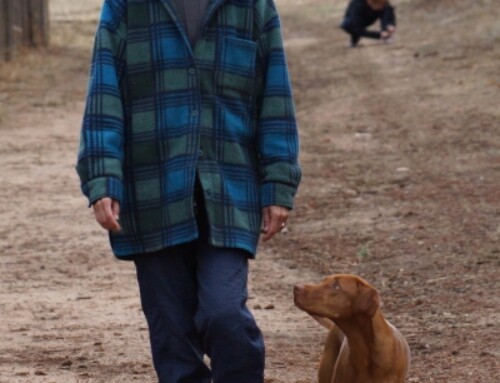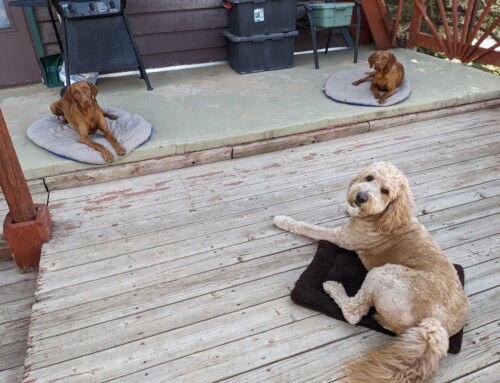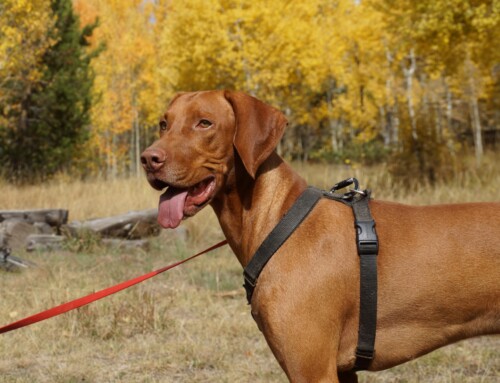DOG TRAINING OFFERED IN-PERSON AND ONLINEOur dog training services are delivered in almost any format that meets your needs. We have GROUP CLASSES at our indoor and outdoor facilities on our farm, ONLINE LIVE STREAMING classes, and SELF-PACED VIDEO-BASED training through our Online Dog Training Course. Our PRIVATE TRAININGS can be done in-home, outside, in public dog-friendly locations, at our facility on our farm, online via phone or video conferencing and through email. |
While most of the books I read are about dogs, I also do a lot of reading about human behavior. Why? Because while I am a dog trainer and behavior consultant, much of my work really is with the human side of the partnership. So the better I am able to understand both ends of the leash, the better I am able to help my clients. Recently, I read two books that delve into how people make choices. There was some interesting information that seems to be relevant in working with dogs as well.
How We Decide by Jonah Lehrer discusses a variety of factors that affect our decision-making. The following passage discusses why teenagers are more likely to act impulsively than adults. See if this rings any bells when it comes to your adolescent dog.
“This developmental process holds the key to understanding the behavior of adolescents, who are much more likely than adults to engage in risky, impulsive behavior. . . While the emotional brains of teens are operating at full throttle (those raging hormones don’t help), the mental muscles that check these emotions are still being built. A recent study by neurscientists at Cornell, for example, demonstrated that the nucleus accumbens, a brain area associated with the processing of rewards – things like sex, drugs and rock ‘n’ roll – was significantly more active and mature in the adolescent brain than the prefrontal cortex was, that part of the brain that helps resist such temptations. Teens make bad decisions because they are literally less rational.”
Keep in mind that the prefrontal cortex in humans is much larger than it is in dogs, as noted by Sheena Iyengar in her book The Art of Choosing:
“While humans and animals both possess a prefrontal cortex, the percentage of the brain it occupies in humans is larger than in any other species, granting us an unparalleled ability to choose ‘rationally,’ superseding all other competing instincts. This facility improves with age, as our prefrontal cortex continues to develop well past adolescence. While motor abilities are largely developed by childhood, and factual reasoning abilities by adolescence, the prefrontal cortex undergoes a process of growth and consolidation that continues into our mid-20s. This is why young children have more difficulty understanding abstract concepts than adults, and both children and teenagers are especially prone to acting on impulse.”
When you wonder why your adolescent dog seems to have trouble controlling his impulses, perhaps it makes a bit more sense now. While I don’t advocate allowing adolescent dogs to do whatever they want because “they can’t help it,” I think we do need to have patience, give them a little slack at times, and remind ourselves that patience is the key when working with adolescent dogs.
I talk more about all of this in my Juvenile Delinquent Dogs book and my Juvenile Delinquent Dogs webinar being presented live through the Association of Pet Dog Trainers on Wednesday, August 29, 2012. The webinar will be available for purchase via download within a few days of the live event and will be available for the next year.
Our goal is to positively impact the lives of as many dogs and their families as we can, in part through our extensive library of video, infographics and text articles. 
|












